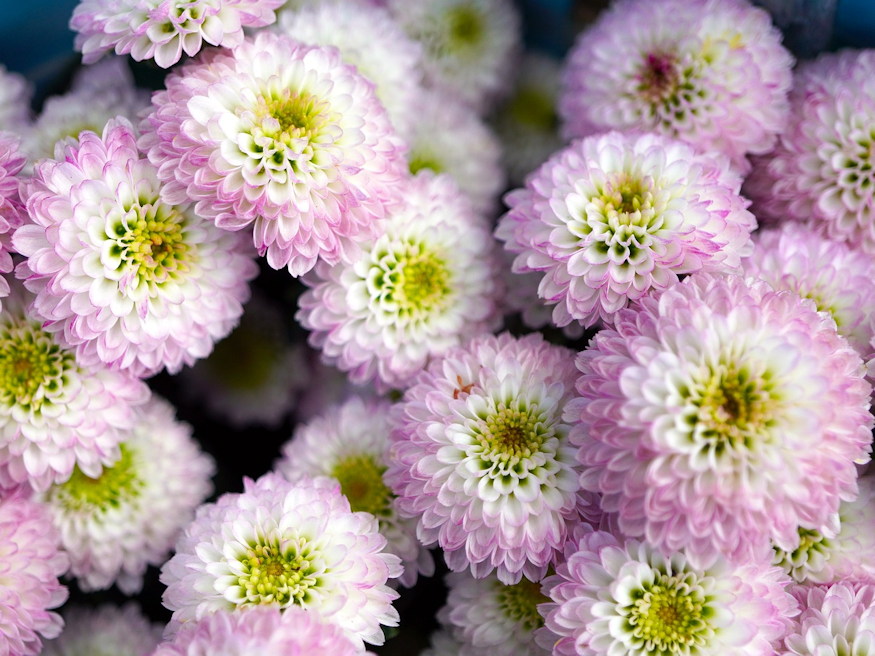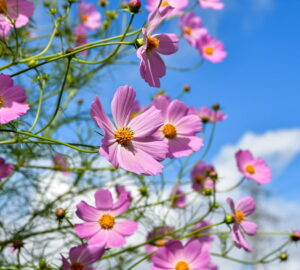Chrysanthemums, known for their wide-ranging variety and captivating charm, have captured the hearts of plant enthusiasts around the world. Beyond the classic, elegant blooms, these charming flowers come in a plethora of forms – from ball-sized flower heads to warm-hued, variegated varieties and double-flowered wonders. While chrysanthemums are renowned for their vibrant display, they often bloom for only a brief period. However, with some expert care, you can extend the bloom time of these stunning flowers.
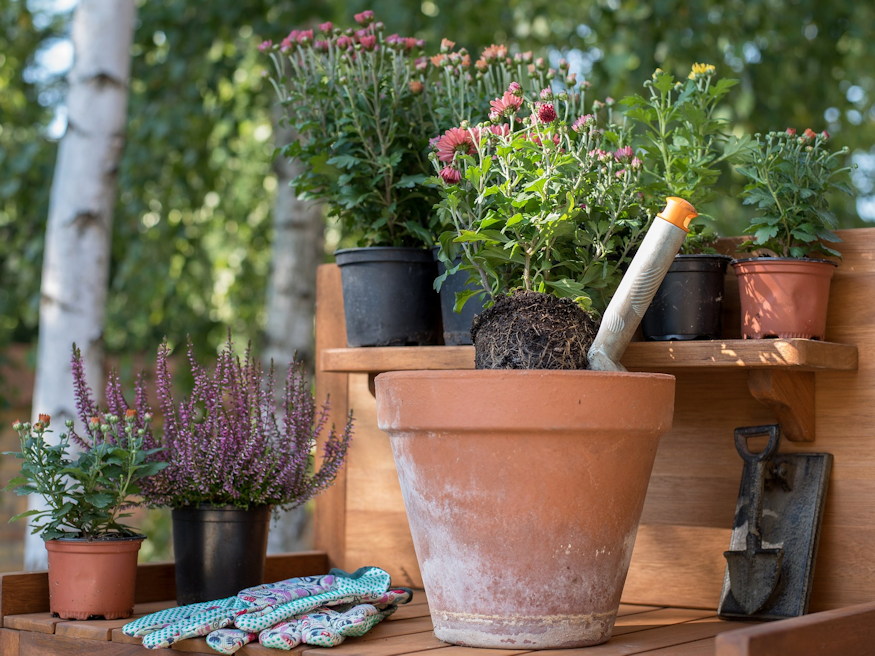
Choosing the Perfect Chrysanthemum
Chrysanthemums are not confined to cemetery gardens; they also flourish in front gardens, on porches, windowsills and balconies, adding a touch of beauty to your outdoor spaces. The color palette is equally diverse, ranging from deep reds to pristine whites and cheerful yellows and pinks. When selecting chrysanthemum plants, keep an eye out for some key features that indicate their potential for a long-lasting display.
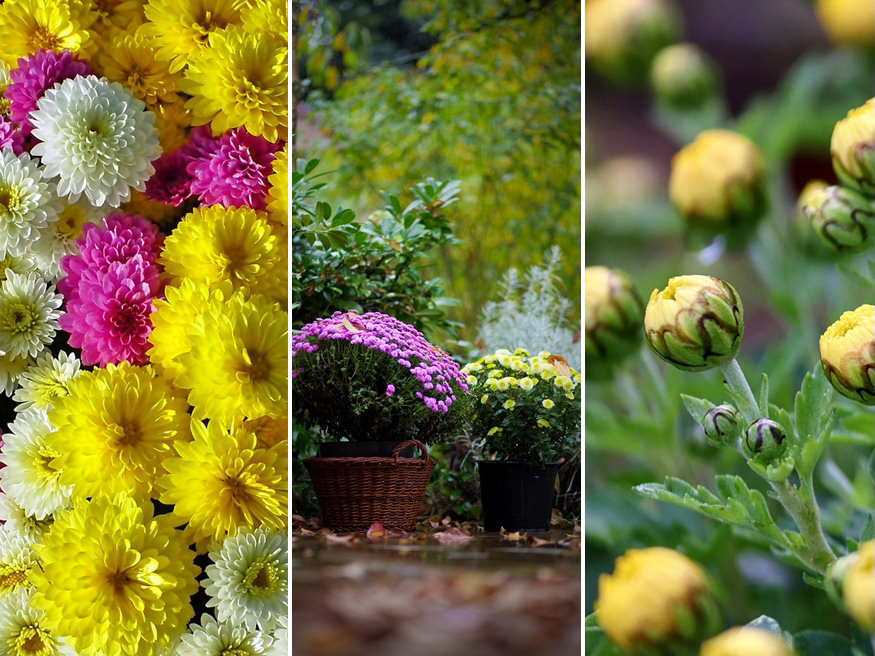
Selecting Healthy Chrysanthemum Plants
When browsing through garden stores, seek out healthy, well-developed chrysanthemum plants. Look for plants with tightly packed buds, forming a lush and compact flower canopy. Choosing plants with closed buds is crucial, as they have the potential to grace your surroundings with their blooming glory for up to 40 days.
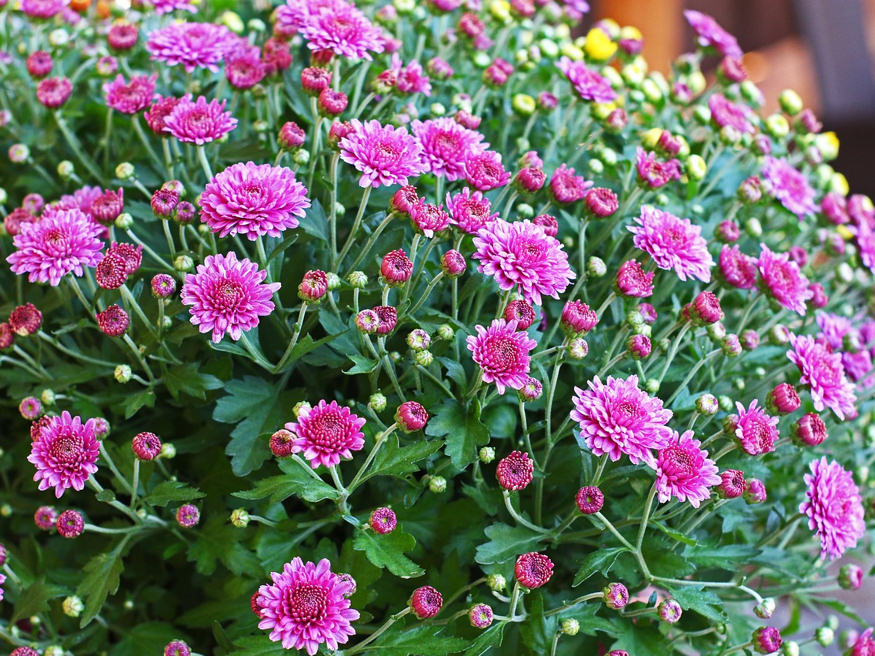
The Right Environment for Chrysanthemums
To ensure a prolonged blooming period for your chrysanthemums, it’s essential to provide them with the ideal environment. These tips will help your chrysanthemums thrive:
- Sun and Shelter: Place your chrysanthemum plants in a sunny, sheltered location. Adequate sunlight is essential for their growth and blooming.
- Consistent Watering: Water your chrysanthemums regularly, even if it’s raining. The dense foliage of these small bushes can sometimes prevent water from reaching their roots. A consistent watering schedule will help maintain their vitality.
- Adequate Air Circulation: Chrysanthemums benefit from good air circulation. Ensure that they are not crowded or planted too closely together. Proper spacing between plants helps reduce the risk of diseases and promotes healthier growth.
- Well-Draining Soil: Chrysanthemums thrive in well-draining soil. Plant them in soil that doesn’t hold excess moisture, as waterlogged roots can lead to rot. Amending the soil with organic matter, such as compost, can improve drainage and provide essential nutrients.
- Fertilization: Regular fertilization is essential for chrysanthemums. During the growing season, use a balanced, water-soluble fertilizer to provide the necessary nutrients. Be mindful not to over-fertilize, as it can lead to excessive foliage growth at the expense of blooming.
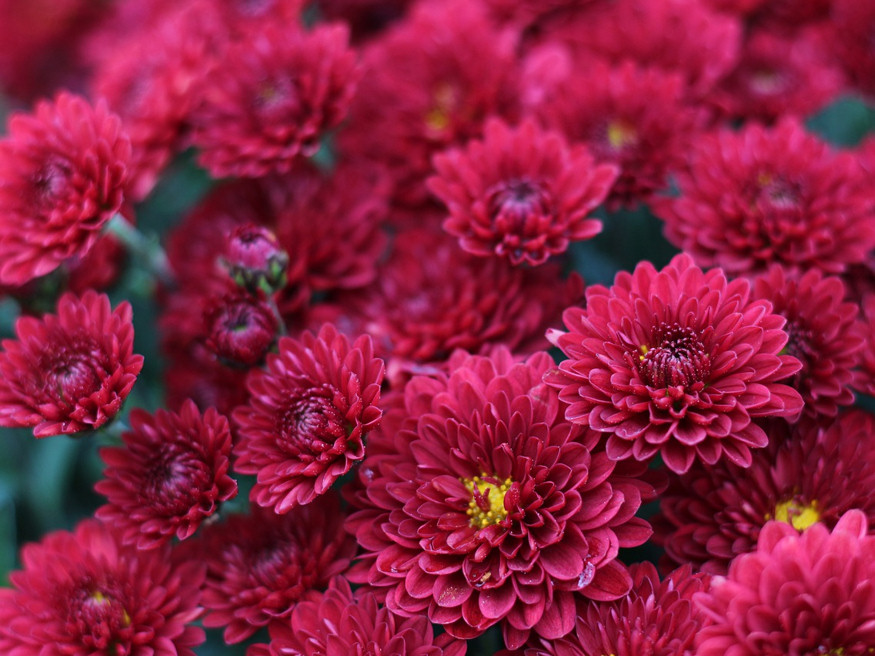
Perennial Chrysanthemums: The Gift That Keeps Giving
For those seeking long-term beauty in their gardens, consider winter-hardy chrysanthemum varieties. In horticulture, these are often referred to as perennial chrysanthemums. These robust, bushy plants can adorn your flower beds year after year by regenerating each spring. Typically, they grace your garden with their charming blooms from October through the end of November.

Unlocking the Beauty of Chrysanthemums
Chrysanthemums, with their rich assortment of colors and shapes, are a delightful addition to any garden or outdoor space. By carefully selecting healthy plants and providing them with the right environment, you can extend their blooming period and enjoy their captivating beauty for an extended time. Whether you’re a seasoned gardener or just starting, these expert tips will help you make the most of your chrysanthemum blooms.
